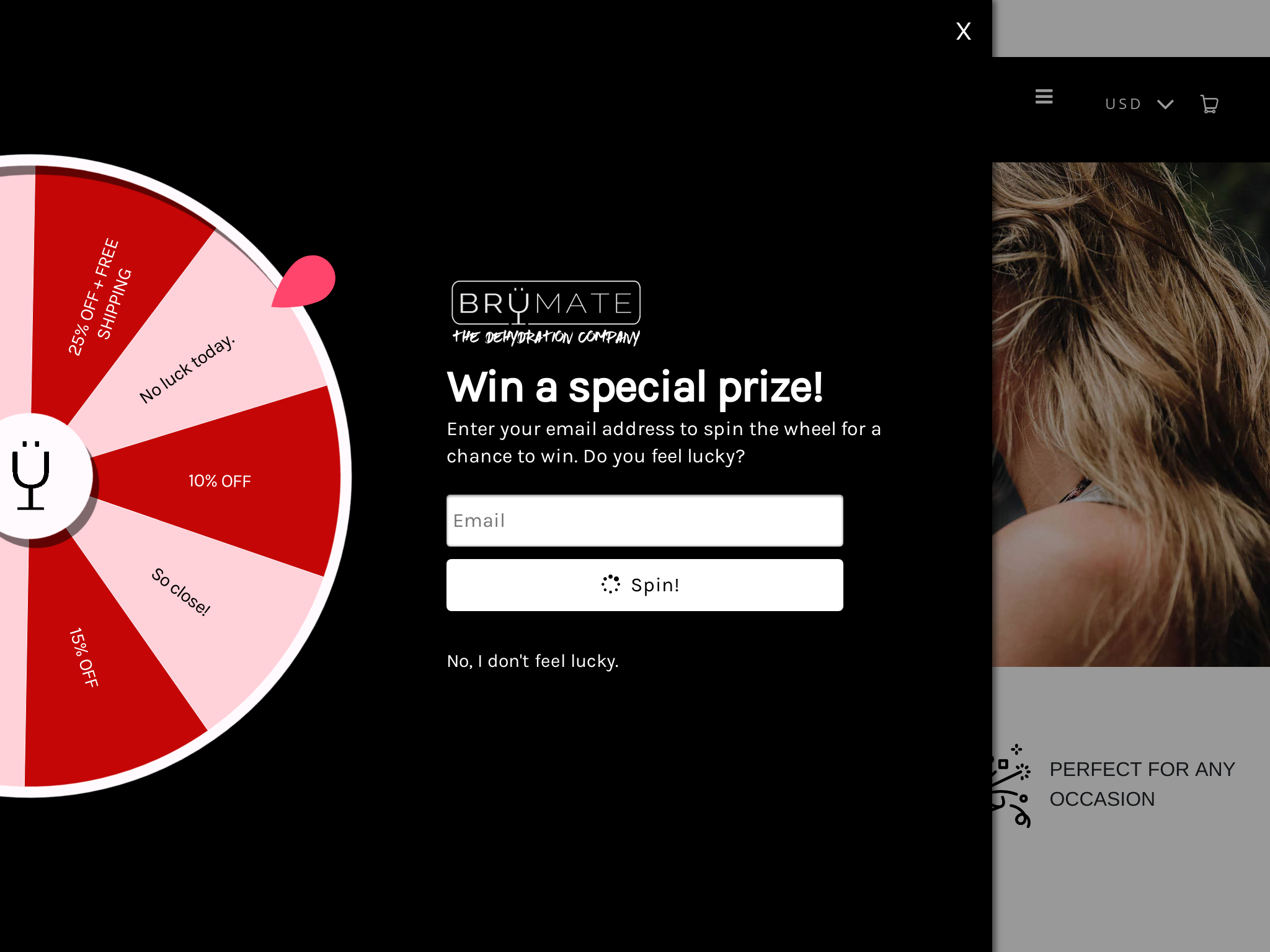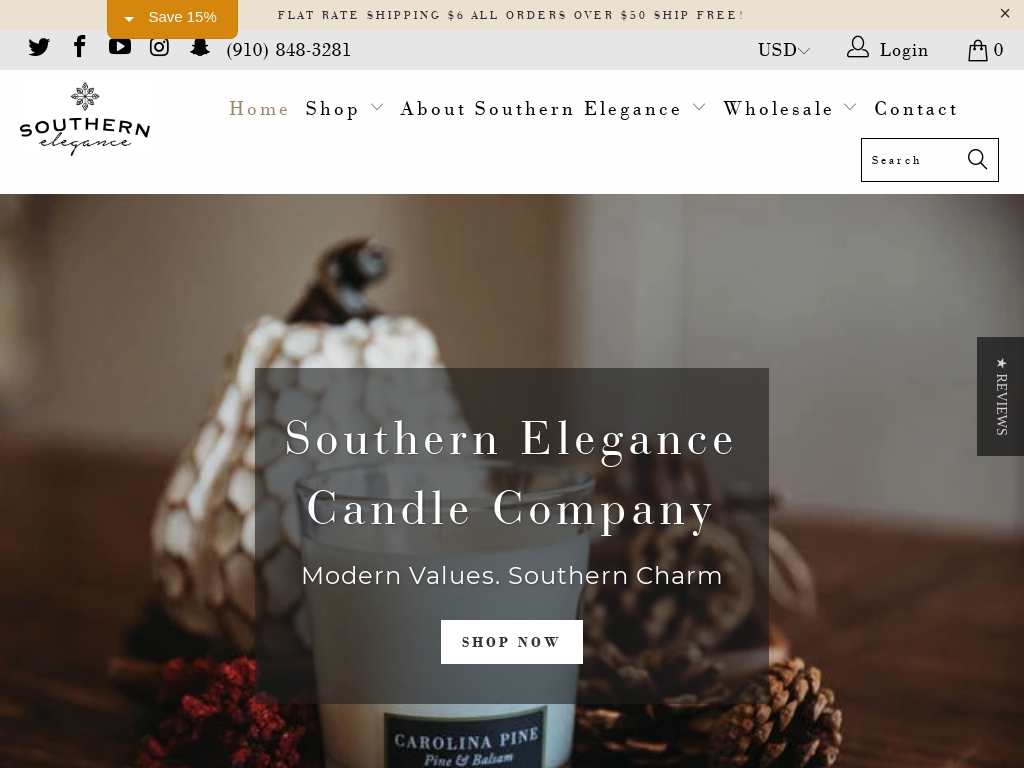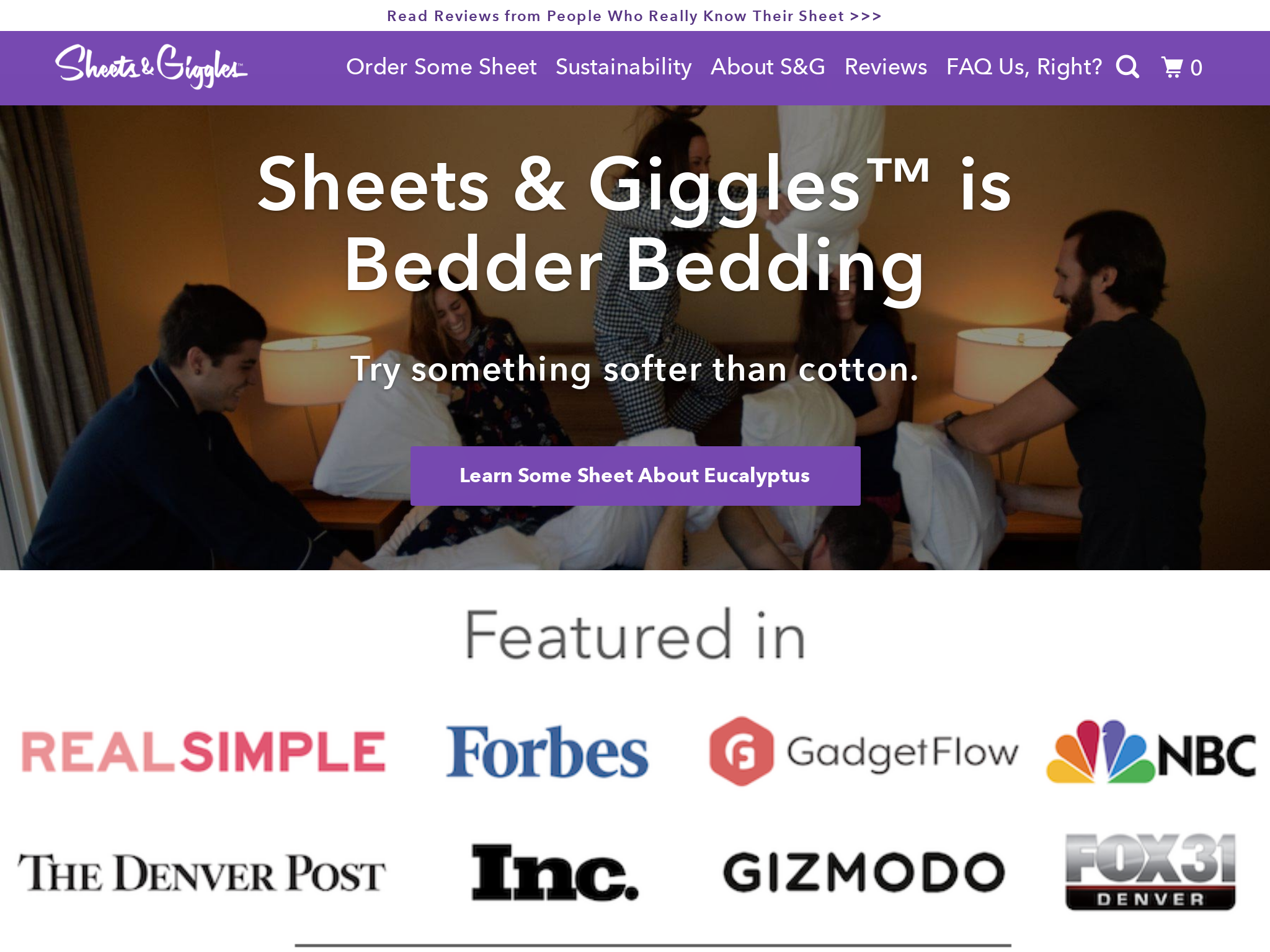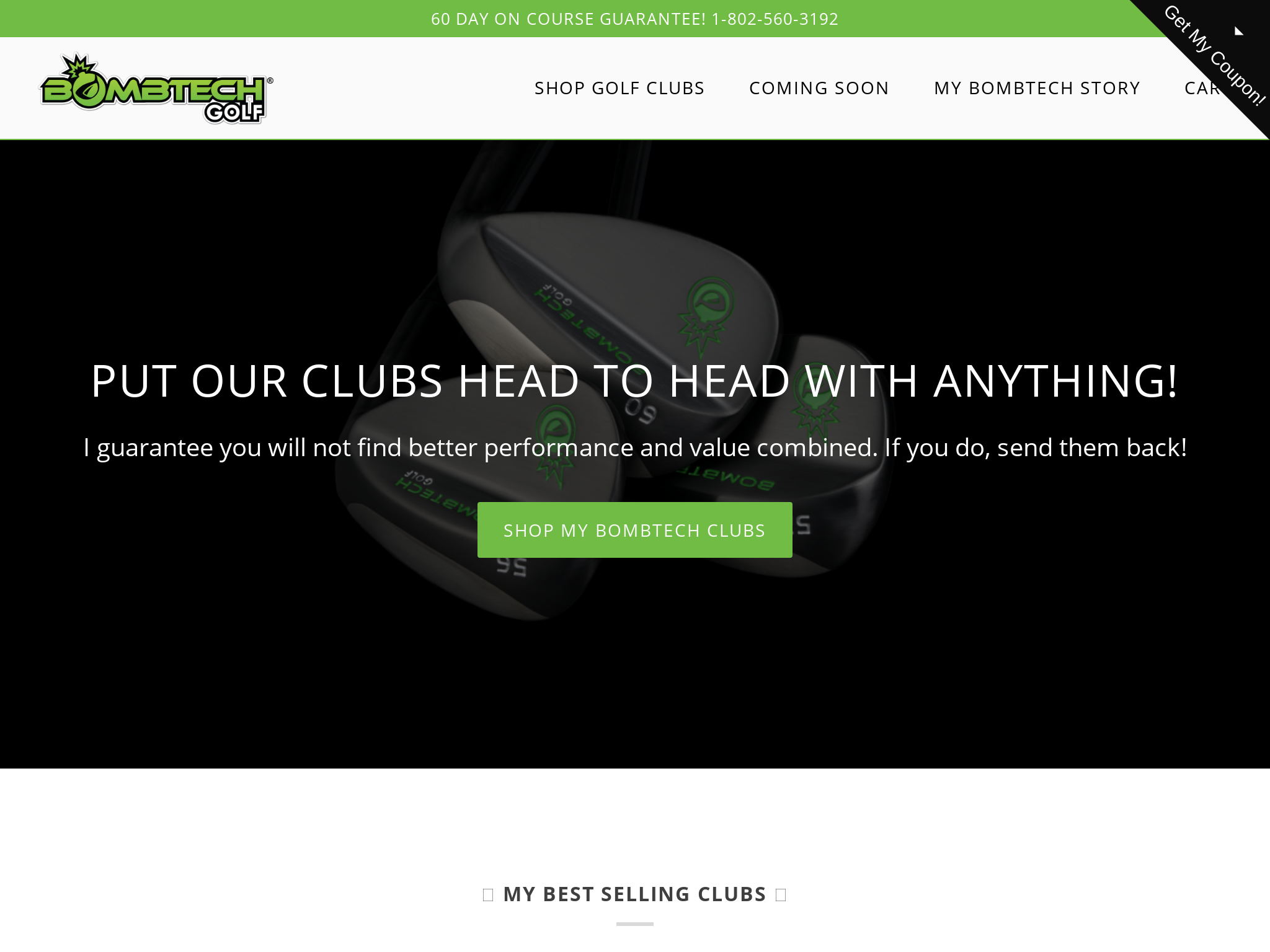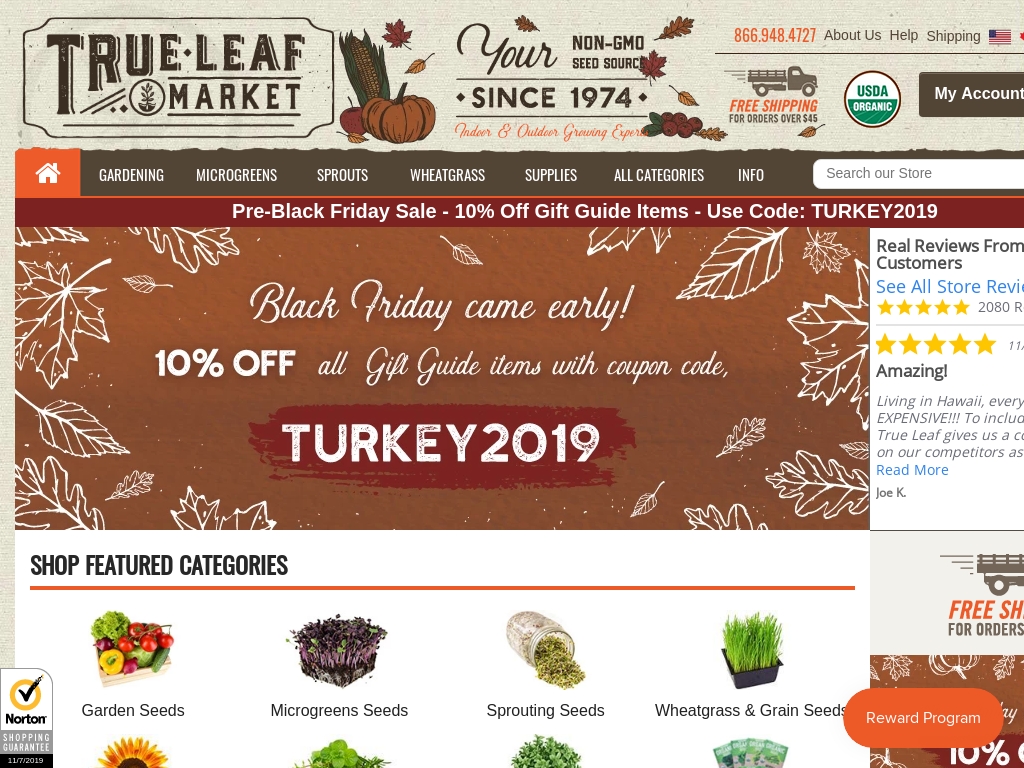
How Two Founders Built a Luxury Bedding Empire to $200M Revenue
Who is Scott Tannen?
Scott and Missy Tannen, founders of Boll & Branch, launched their company in 2014 after realizing the need for high-quality, ethically sourced bedding. Missy, a former third-grade teacher, and Scott, who worked in digital marketing at companies like Nabisco, hail from Ohio and New Jersey, respectively, and combined their backgrounds to address transparency and sustainability in the bedding industry.

What problem does Boll & Branch solve?
Boll & Branch solves the problem of finding high-quality, luxury bedding that's ethically and transparently produced, offering peace of mind and comfort to customers who care about where and how their sheets are made.
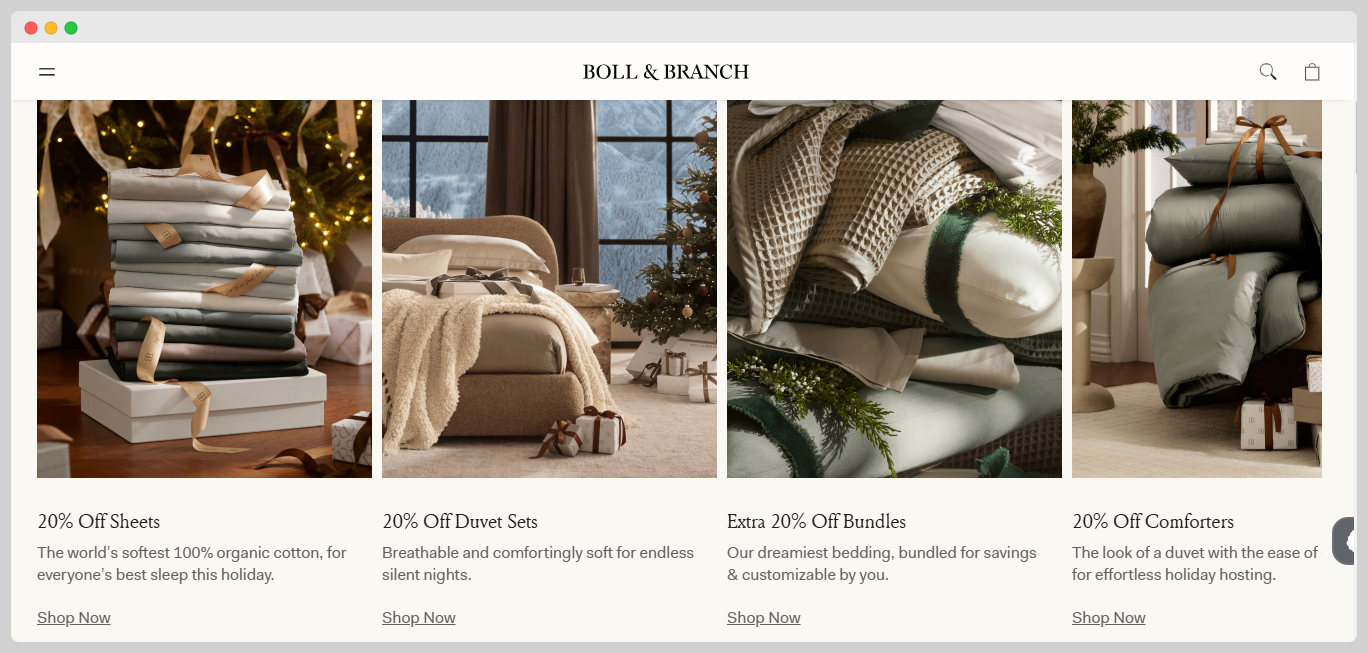
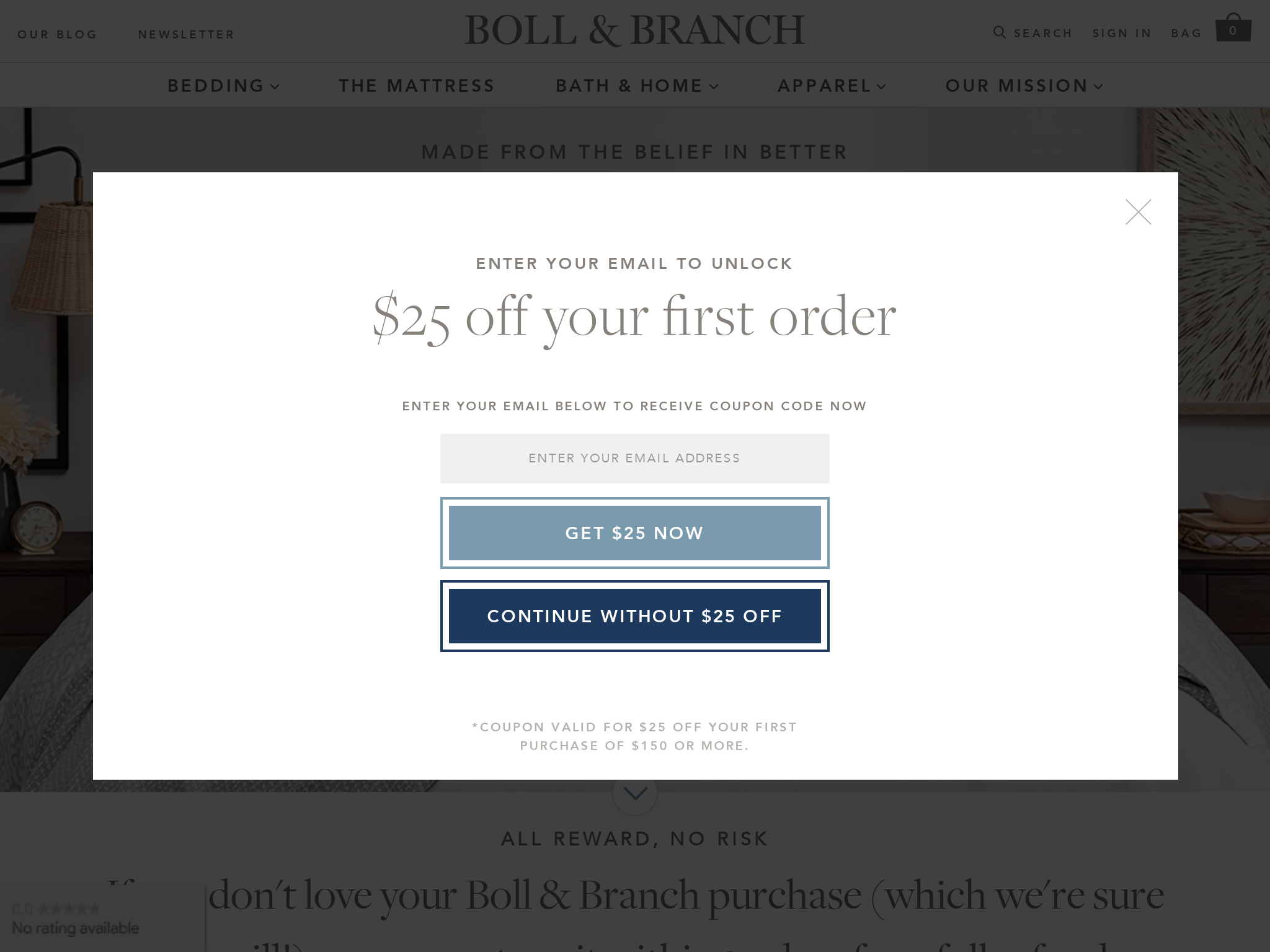
How did Scott come up with the idea for Boll & Branch?
Scott and Missy Tannen stumbled upon the idea for Boll & Branch during what should have been a straightforward shopping trip for bed linens. Frustrated by the lack of transparency and the high variance in pricing without discernible quality differences, they realized there was a gap in the market for ethically-made, high-quality sheets at an approachable price. Their curiosity led them to dig into the textile industry's historical reputation, uncovering issues like child labor and environmental harm, which only fueled their mission.
Before fully diving into the business, Scott and Missy conducted extensive research, learning about the impact of conventional versus organic cotton on farmers and the environment. They discovered the possibilities of creating products with organic cotton and fair trade practices, ensuring not only product quality but also ethical production. They received positive validation when they found there was potential demand for well-sourced organic cotton, even though industry insiders initially doubted that consumers would prioritize ethics in purchasing decisions.
Despite challenges, such as an overwhelming number of middlemen in the textile supply chain and skepticism from within the industry, they painstakingly built a supply chain from scratch. They collaborated closely with Chetna, a coalition supporting organic and fair trade farmers, and invested heavily to ensure direct oversight at every stage of production. This commitment not only shaped their business model initially but has remained a backbone of their brand ethos and customer promise.
Through this iterative learning process, which included plenty of trial and error and a willingness to pivot when faced with unexpected discoveries, Scott and Missy learned the value of transparency and authenticity. Their journey to creating Boll & Branch was not just about marketing a product but about ensuring that every aspect of their sheets aligned with their values and the betterment of the textile industry as a whole.
How did Scott Tannen build the initial version of Boll & Branch?
Scott and Missy Tannen took nearly two years to develop the first product for Boll & Branch. They started from scratch to establish a supply chain driven by transparency and ethical practices, working directly with organic cotton farmers in India. The initial setup involved in-depth research to reverse-engineer the supply chain of existing bedding brands, which often couldn't trace their own products. Their development process relied heavily on inspecting and ensuring every stage, from cotton farming to manufacturing, adhered to rigorous ethical and quality standards. The first prototypes were simple, launching with only white and ivory sheets, which delayed their initial product release due to issues with quality on the ivory option. Overcoming challenges like balancing quality with ethical sourcing and logistics complexities without external investors pushed them to focus on building a sustainable model with personal investment and immense community building before scaling.
What were the initial startup costs for Boll & Branch?
- Advertising: The founders took out $2 million in debt to finance an advertising campaign on the Howard Stern Show.
- Startup Funding: They initially self-funded the business, taking on millions of dollars in personally guaranteed debt to do so.
- Emergency Cash Infusion 2016: Due to an unexpected over-order of shipping boxes, they had to raise $2 million in a week and a half by offering aggressive terms to friends and family.
- Equity Financing 2017: They raised additional funds by bringing in an institutional partner, Silas Capital, which cost them about 10% of the business.
- Investment: In 2019, they received a $100 million investment from private equity firm L Catterton.
How did Scott launch Boll & Branch and get initial traction?
Friends and Family Outreach
Scott and Missy Tannen started by tapping into their personal network to spread the word about Boll & Branch. They shared their bedding products with friends and family, who were among the first to purchase and talk about the brand on social media. This grassroots approach helped create an initial buzz and generate word-of-mouth marketing.
Why it worked: Leveraging existing relationships is a cost-effective way to quickly gain initial customers and credibility. Friends and family are often more willing to support new ventures and can act as brand ambassadors.
Article in The Wall Street Journal
A pivotal moment in Boll & Branch's early days was when Christina Binkley from The Wall Street Journal wrote an article about Boll & Branch. The Tannens provided transparency about their pricing model and sustainable practices, which intrigued Binkley and led to her publishing a feature story that included Boll & Branch.
Why it worked: Being featured in a reputable publication like The Wall Street Journal provided Boll & Branch with free, widespread exposure. It established credibility and drove a significant amount of traffic and sales, helping to rapidly increase their customer base.
Partnership with Howard Stern
The Tannens made a bold investment by advertising on The Howard Stern Show on Sirius XM, with the belief that Stern's endorsement could significantly boost their brand recognition and sales. They sent Stern and his wife custom-made sheets, which they loved, and subsequently agreed to the advertising campaign.
Why it worked: Howard Stern's wide reach and the trust his audience places in him made his endorsement highly effective. The campaign led to a steep increase in sales, contributing to Boll & Branch's successful expansion.
Metrics:
- Following the Wall Street Journal article, Boll & Branch had their biggest sales day, resulting in being sold out of inventory and doing nearly half a million dollars in sales shortly after.
- In partnership with Howard Stern, Boll & Branch sales skyrocketed from $1.5 million to $13.5 million within a year due to Stern's substantial influence on his audience.
What was the growth strategy for Boll & Branch and how did they scale?
Howard Stern Advertising
Boll & Branch invested heavily in advertising on the Howard Stern Show. Scott Tannen, with confidence in the reach of Stern's audience, took a significant risk by taking out a $2 million loan to finance their ad campaign. This bold move captured a large luxury market segment, resulting in substantial sales growth.
Why it worked: Howard Stern's audience is dedicated and trusting of him, making his endorsements impactful. The choice to advertise on his show allowed Boll & Branch to reach a desirable customer demographic who value luxury and are likely to try endorsed products, significantly amplifying Boll & Branch’s brand awareness and driving sales.
Direct-to-Consumer Model
Boll & Branch started as a direct-to-consumer brand, bypassing traditional retail to sell directly to customers through their website. This strategy allowed them to control their brand narrative and maintain higher margins by eliminating retail intermediaries.
Why it worked: The direct-to-consumer model gave Boll & Branch direct access to customer feedback and preferences, facilitating quick adaptation and improvements. This approach also allowed them to maintain competitive pricing by slicing through the middlemen's margins, which appealed to customers seeking luxury products at a lower cost than traditional luxury brands.
PR and Media Exposure
An article published in the Wall Street Journal provided Boll & Branch with early momentum. The article discussed their innovative approach in maintaining lower costs compared to other brands with similar offerings, sparking consumer interest and trust.
Why it worked: The Wall Street Journal's coverage provided third-party validation and legitimacy to Boll & Branch’s business model. Media exposure from such a reputable source created a ripple effect, increasing brand visibility and credibility, both essential for nurturing trust in a new luxury brand.
Partnership with Fair Trade and Supply Chain Transparency
Boll & Branch made headlines as a Fair Trade Certified company, emphasizing its commitment to ethical labor practices and supply chain transparency. Every product is traceable back to the raw materials, enhancing consumer trust in the brand's ethical commitments.
Why it worked: Today's consumers, especially in the luxury segment, are increasingly conscious of the origins and ethical standards of the products they buy. Boll & Branch’s transparency in its supply chain and fair treatment of workers set them apart from competitors, resonating with customers' values and loyalty, and bolstering long-term brand loyalty.
What's the pricing strategy for Boll & Branch?
Boll & Branch sets its pricing strategy with luxury bedding products starting around $160 for a set of sheets, focusing on transparent, ethical, and sustainable production to attract value-driven consumers who are willing to pay a premium for quality and ethics.
What were the biggest lessons learned from building Boll & Branch?
- Reinvent Constantly: Boll & Branch learned the importance of continually adapting their business to stay ahead of competition. This proactive approach helps keep the brand relevant and forward-thinking.
- Transparency and Traceability Matter: The company's success is deeply linked to their commitment to transparency and traceability from cotton farming to final product. Customers value brands they can trust to make ethical and transparent decisions.
- Quality Over Speed: By prioritizing the quality of their products over rapid release, Boll & Branch built a reputation for excellence. This meant delaying launches but assured customer satisfaction and loyalty.
- Calculated Risks Can Pay Off: Their investment in advertising with Howard Stern was a significant gamble, but it showed that well-researched risks based on consumer behavior insights can lead to explosive growth.
- Sustainability as a Core Value: Committing to sustainable and ethical practices not only set them apart in the marketplace but also strengthened consumer trust and loyalty. Sustainable practices aligned with their values and benefited their business model.
Discover Similar Business Ideas Like Boll & Branch
|
|
Idea
|
Revenue
|
|---|---|---|
|
BrüMate
|
Insulated drinkware for adult beverage enthusiasts.
|
$12M
monthly
|
|
Southern Elegan...
|
Southern-themed candles celebrating Southern culture.
|
$140K
monthly
|
|
Clean Energy So...
|
"Solar power provider offering no-cost installations."
|
$600K
monthly
|
|
Sheets & Giggles
|
Pun-based, eco-friendly eucalyptus bedding brand.
|
$200K
monthly
|
|
Timber Grove St...
|
"Custom minimalist wood decor for modern homes."
|
$6.5K
monthly
|
|
BombTech Golf
|
Premium golf clubs for regular golfers.
|
$1M
monthly
|
|
True Leaf Market
|
Online seed company providing heirloom, non-GMO, and organic seeds.
|
$400K
monthly
|
More about Boll & Branch:
Who is the owner of Boll & Branch?
Scott Tannen is the founder of Boll & Branch.
When did Scott Tannen start Boll & Branch?
2014
What is Scott Tannen's net worth?
Scott Tannen's business makes an average of $16.7M/month.
How much money has Scott Tannen made from Boll & Branch?
Scott Tannen started the business in 2014, and currently makes an average of $200M/year.

Download the report and join our email newsletter packed with business ideas and money-making opportunities, backed by real-life case studies.

Download the report and join our email newsletter packed with business ideas and money-making opportunities, backed by real-life case studies.

Download the report and join our email newsletter packed with business ideas and money-making opportunities, backed by real-life case studies.

Download the report and join our email newsletter packed with business ideas and money-making opportunities, backed by real-life case studies.

Download the report and join our email newsletter packed with business ideas and money-making opportunities, backed by real-life case studies.

Download the report and join our email newsletter packed with business ideas and money-making opportunities, backed by real-life case studies.

Download the report and join our email newsletter packed with business ideas and money-making opportunities, backed by real-life case studies.

Download the report and join our email newsletter packed with business ideas and money-making opportunities, backed by real-life case studies.
